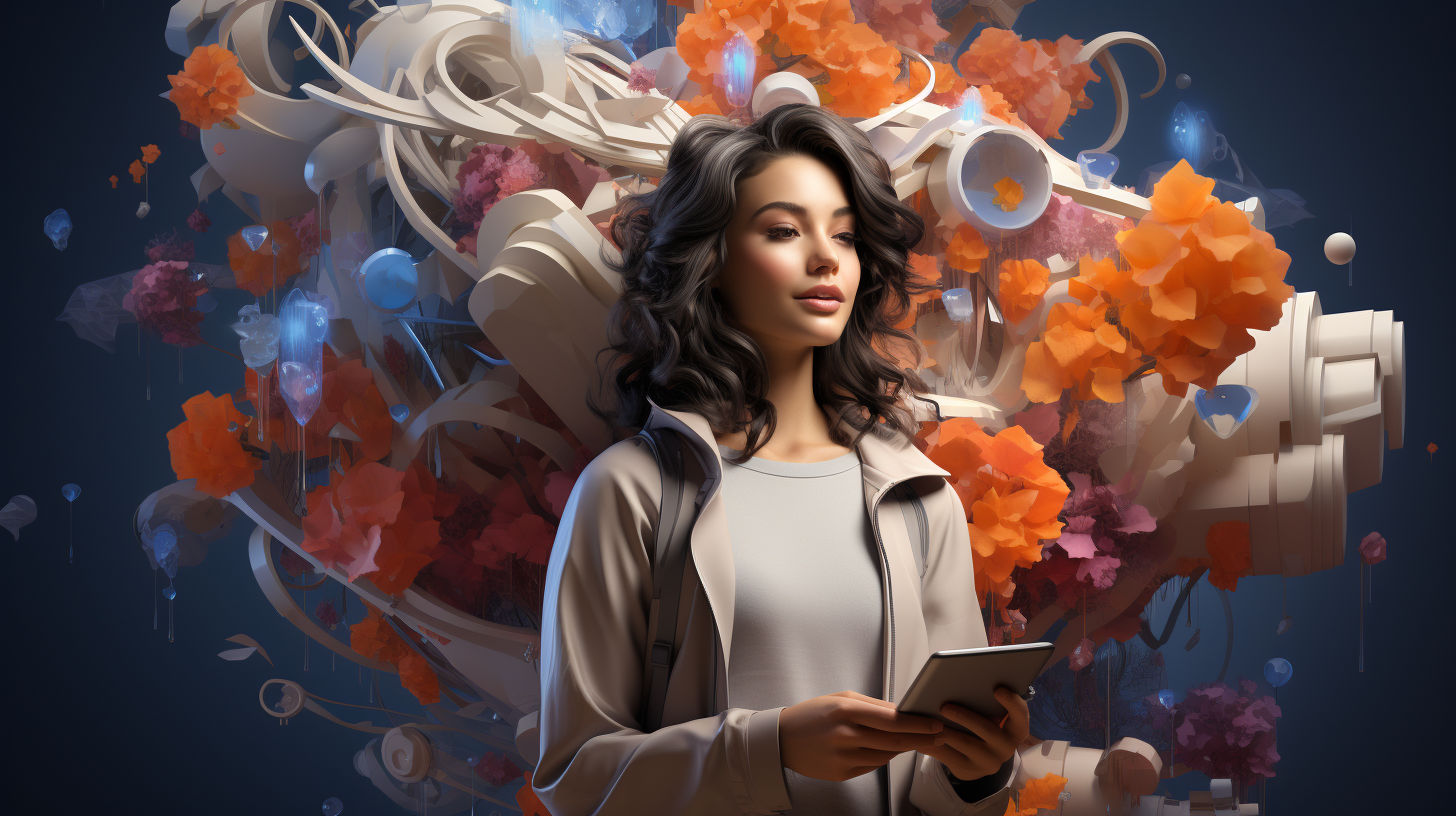Using the ChatGPT API in Modern Applications
In the ever-evolving landscape of technology, natural language processing (NLP) has gained significant attention. From chatbots to virtual assistants, NLP is crucial in enhancing user experiences. OpenAI’s ChatGPT API is a powerful instrument that enables developers to integrate conversational AI capabilities into their applications, revolutionizing how users interact with software.
What is the ChatGPT API?
The ChatGPT API is a web-based interface that allows developers to interact with OpenAI’s advanced language model, ChatGPT. This API allows developers to send a list of messages as input and receive a model-generated message as output. It leverages the underlying power of GPT-3, a state-of-the-art language model trained on vast text data from the internet.
Seamlessly integrate conversational capabilities
The ChatGPT API enables developers to integrate conversational capabilities into modern applications seamlessly. By making API calls, developers can quickly incorporate natural language understanding and generation functionalities into their software, allowing users to interact with the application using plain text messages.
Whether it’s a chatbot that assists customers in real-time, a virtual assistant that helps users accomplish tasks or an interactive storytelling application, the ChatGPT API provides a versatile solution for various use cases.
Simple integration and flexible usage
Integrating the ChatGPT API into your application is straightforward. The API supports multiple programming languages and frameworks, making it accessible to developers across different platforms. With just a few lines of code, you can start utilizing the power of ChatGPT and build intelligent conversational interfaces.

The API also offers flexibility in terms of how you structure the conversation. Developers can maintain state by passing previous messages as part of the input, allowing for context-aware responses. This capability is especially useful when building multi-turn conversations where the model needs to remember previous interactions and provide coherent responses.
Enhancing user experiences
By incorporating the ChatGPT API into modern applications, developers can enhance user experiences significantly. Conversational interfaces offer a more realistic and intuitive way for users to interact with software, reducing the learning curve and improving overall engagement.
With the capability to generate human-like responses in real-time, the ChatGPT API can handle a wide range of user queries and requests. It can provide helpful information, assist with complex tasks, or even engage in interactive storytelling, creating immersive experiences that captivate users.
Ethical considerations and mitigating risks
While the ChatGPT API opens up exciting possibilities, it is essential to consider potential ethical concerns and mitigate associated risks. OpenAI provides guidelines on responsible AI usage, emphasizing the importance of ensuring the system does not produce harmful or biased outputs.
Developers should carefully design their applications to address potential risks, such as misinformation, offensive language, or inappropriate content generation. Implementing content moderation measures and monitoring user interactions can help maintain a safe and positive user experience.
